Feature
-
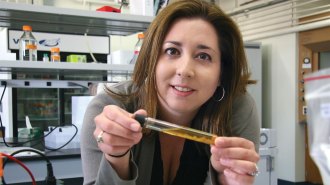 Life
LifeMichelle O’Malley seeks greener chemistry through elusive fungi
Michelle O’Malley studies anaerobic gut fungi, microbes that could help make chemicals and fuels from sustainable sources.
-
 Genetics
GeneticsStanley Qi gives CRISPR a makeover to redefine genetic engineering
By adapting CRISPR/Cas9, Stanley Qi has given genetic engineers a plethora of new tools.
-
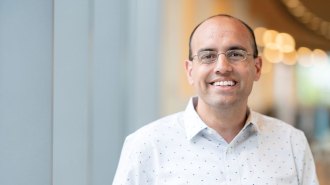 Science & Society
Science & SocietyParag Pathak uses data and algorithms to make public education fairer
Economist Parag Pathak has overhauled school choice systems across the United States. Now he’s assessing what makes for a good education.
By Sujata Gupta -
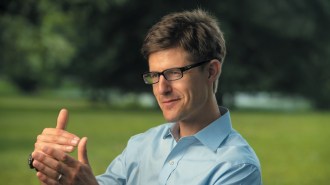 Climate
ClimateMalin Pinsky seeks to explain how climate change alters ocean life
As global temperatures rise, Malin Pinsky’s research attempts to understand how marine ecosystems are changing and why.
-
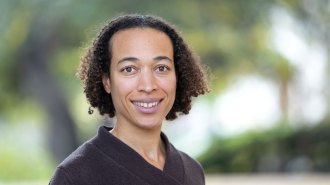 Physics
PhysicsMonika Schleier-Smith leads elaborate quantum conversations
Monika Schleier-Smith forces atoms to interact in ways that could offer insights into quantum computing, precision timekeeping and perhaps black holes.
-
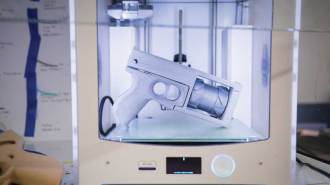 Science & Society
Science & Society3-D printed ‘ghost guns’ pose new challenges for crime-scene investigators
Researchers are analyzing the ballistics of 3-D printed guns and the plastic they leave behind to help forensic scientists track these DIY weapons.
-
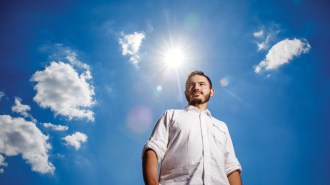 Astronomy
AstronomyHow an astrophysicist chased a star from the Halo games to real life
Julián Alvarado Gómez has devoted his career to a star called Iota Horologii. His former life as a Halo video gamer helps fuel that devotion.
-
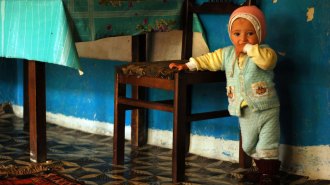 Humans
HumansCulture helps shape when babies learn to walk
The culture in which a baby is raised can accelerate or slow down the development of early motor skills. Does it matter?
By Sujata Gupta -
 Humans
HumansTextile archaeologists use ancient tools to weave a tapestry of the past
Using tools leftover from ancient spindles and looms, textile archaeologists are starting to understand the fabrics of the past.
By Amber Dance -
 Health & Medicine
Health & MedicineHow strep throat may spark OCD and anxiety in some kids
A potential link between strep throat and sudden mental disorders in children raises questions about how infections can alter the brain.
-
 Health & Medicine
Health & MedicineHow pieces of live human brain are helping scientists map nerve cells
Experiments on live nerve cells — donated from patients undergoing brain surgery — may turn up clues about how the human brain works.
-
 Science & Society
Science & SocietyWith nowhere to hide from rising seas, Boston prepares for a wetter future
Boston has armed itself with a science-driven master plan to protect itself from increasingly inevitable storm surges and rising seas.